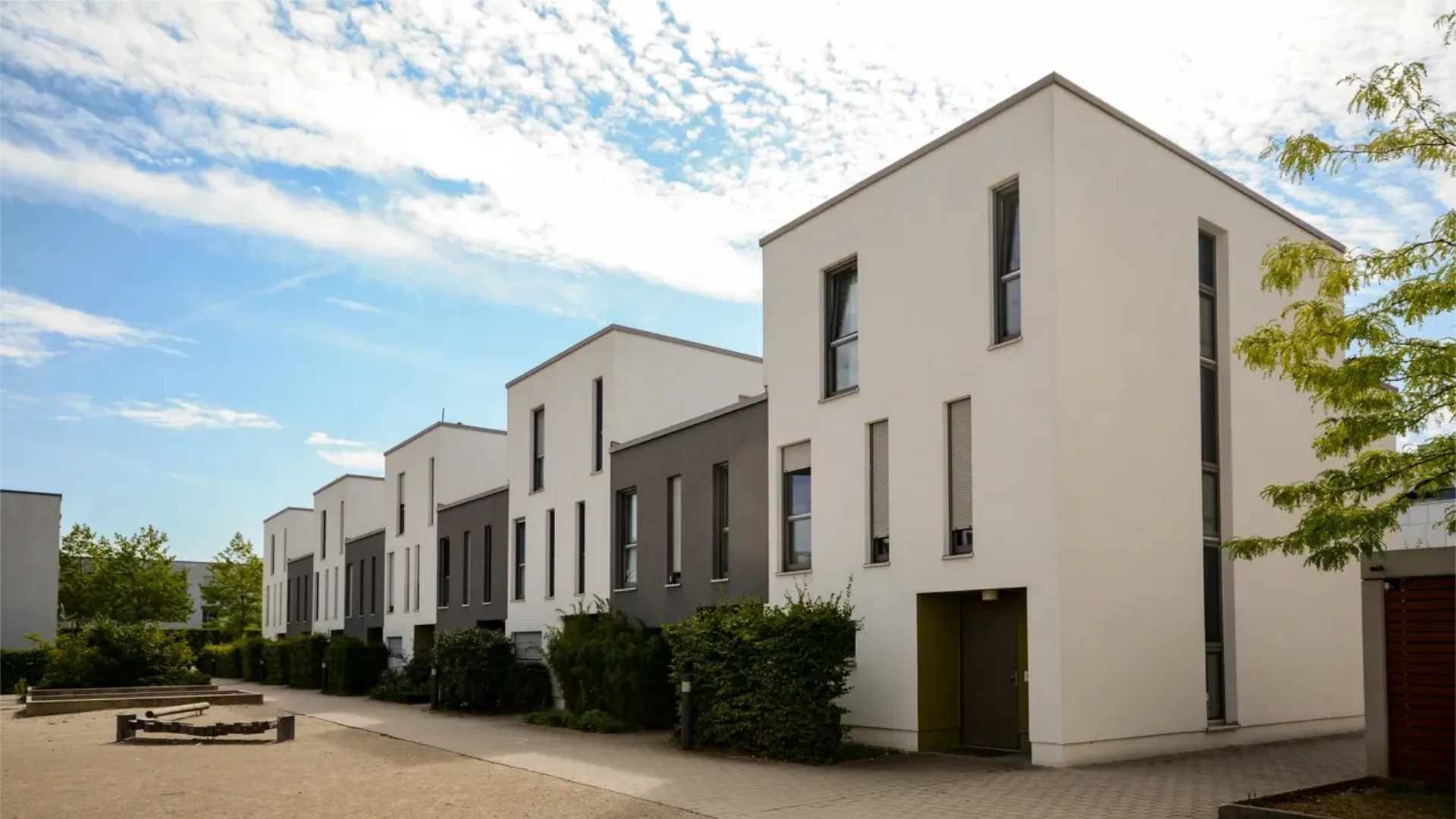Title: Contrasting Old and New Houses in Ontario: A Vlog Exploration
Introduction
In the dynamic landscape of Ontario’s real estate, the differences between old and new houses are not only evident in their architectural styles but also in the unique charm and challenges they present to homeowners. In this vlog, we will delve into the intriguing distinctions between old and new houses in Ontario, exploring factors such as design, materials, maintenance, and the overall living experience.
Architectural Design
One of the most apparent disparities between old and new houses in Ontario lies in their architectural designs. Old houses often boast traditional styles, characterized by intricate details, craftsmanship, and historical significance. Common architectural styles in older homes include Victorian, Edwardian, and Colonial. On the other hand, new houses tend to feature contemporary designs with open floor plans, minimalist aesthetics, and a focus on energy efficiency. Modern styles such as mid-century modern or Scandinavian influences are prevalent in new constructions.
Materials and Construction
The materials used in the construction of old and new houses also contribute significantly to their divergent characteristics. Older homes typically showcase sturdy materials such as solid wood, plaster, and brick, emphasizing durability and craftsmanship. In contrast, new houses often incorporate advanced materials like steel, concrete, and synthetic components, prioritizing energy efficiency, sustainability, and cost-effectiveness.
Maintenance and Renovation
One aspect that homeowners often consider when choosing between old and new houses is the maintenance and renovation requirements. Old houses may require more frequent maintenance due to aging infrastructure and wear and tear. Renovating an older home often involves preserving historical features, which can be both challenging and costly. New houses, by contrast, generally require less immediate maintenance, benefiting from modern construction standards and technology. However, renovations in new houses might involve updates to contemporary aesthetics or technological advancements.
Living Experience
The living experience in old and new houses also varies, influenced by factors such as space utilization, amenities, and overall ambiance. Old houses often offer unique layouts with segmented rooms, high ceilings, and ornate detailing, providing a distinct charm but sometimes limiting contemporary open-space preferences. New houses, designed with current lifestyles in mind, often feature open floor plans, ample natural light, and integrated smart home technologies, catering to modern preferences for connectivity and convenience.
Neighborhood Character
Beyond the individual houses themselves, the neighborhoods in which old and new houses are situated contribute to their distinct atmospheres. Older neighborhoods often exude a sense of history and charm, with mature trees, established greenery, and a close-knit community feel. Newer developments, on the other hand, may lack the historical character but offer modern amenities, updated infrastructure, and sometimes more extensive community facilities.
Conclusion
In this vlog, we’ve explored the myriad differences between old and new houses in Ontario, touching upon architectural design, construction materials, maintenance needs, the living experience, and neighborhood character. Each type of house comes with its own set of advantages and challenges, catering to different preferences and priorities of homeowners. Whether one is drawn to the historical charm of an old house or the modern conveniences of a new one, Ontario’s real estate landscape offers a diverse range of options for prospective homeowners to consider.
Should you wish to discuss this Vlog feel free to reach out to Eran Gevantschniter a real estate lawyer in Toronto at 416.777.6788 eran@eranlaw.com
Share this post:

